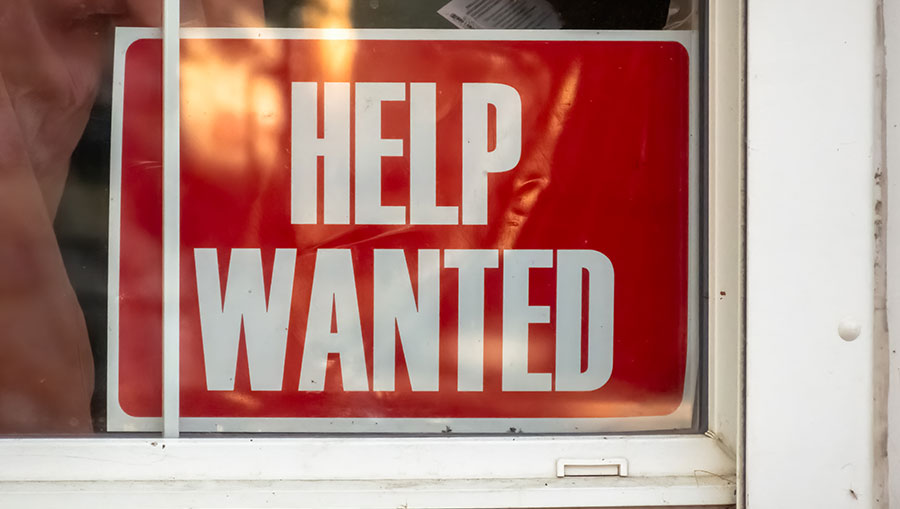Personal Wealth Management / Market Analysis
Putting Red Sea Shipping Concerns in Context
Any commodity disruptions should prove short-lived.
Editors’ Note: MarketMinder doesn’t make individual security recommendations. The below are merely incidental to the broader theme we wish to discuss.
Alas, this is a hard time to be an oil tanker or a cargo ship. Just when the Panama Canal’s drought situation was easing somewhat, helping costs and transit times fall, Yemen’s Houthi militia started attacking ships in the Red Sea—a must-cross passage to access the Suez Canal. Tankers and cargo ships both took fire, prompting oil giant BP to cease sending ships through the Suez, circumnavigating Africa instead. And prompting fears that other carriers will follow, disrupting global trade. Supply shortage fears returned accordingly, along with jitters over spiking oil and gas prices. We are keeping a close eye on things, but we think this is mostly a case of investors fighting the last war—and a brick in the bull market’s wall of worry.
At present, the Suez remains open for business. Some ships have re-routed around Africa’s Cape of Good Hope, and shipping giant A.P. Moller-Maersk has followed BP’s lead, but others are still crossing through, and several governments are aiming to keep it that way. On Monday afternoon, the US announced the Navy will join forces with the UK, France, Norway, Bahrain and others to protect crossing ships. This isn’t the first time navies have helped protect maritime commerce from attack, of course, but it is a little more complicated than prior efforts, which dealt mostly with pirates. The Houthis have big stockpiles of drones and missiles, raising questions about whether warships can adequately protect all tankers or convoys—which is why shippers remain jittery. For now, the daily crossings are either at or just below normal levels, depending on the reports, but if the navy escorts aren’t an effective deterrent, that could change.
If it does, the potential supply disruptions—including shipping cost spikes and oil supply hiccups—are quite likely temporary. One way to see this is the Baltic Dry Index, which spiked a few weeks ago amid Panama Canal drought fears but has since fallen -31.6% since December 4.[i] The drought isn’t over, but markets adjusted, trade re-routed as and when needed, and the panic died down. Note that it has also fallen over the last week despite the step-up in Red Sea attacks, though this doesn’t preclude volatility from here.
While the Suez is important to trade, it isn’t everything. It accounts for just 12% of seaborne oil trade, 8% of natural gas and over 20% of container volume.[ii] This trade is adaptable: With an extra 10 – 14 days (plus fuel and provisions), ships can route around Africa instead. It might not be ideal, but it is an idea several shippers already warmed up to due to Panama Canal concerns, and the pro/con list is pretty stacked in favor of taking the long way versus not sailing at all. As a result, the total effect in terms of lost cargo capacity should be minimal, which should keep supply high enough to prevent shipping prices from running away. Said another way, scarcity is probably a more meaningful price driver than underlying costs, so if it doesn’t rear its head, modestly higher transit costs probably aren’t enough to break the bank. And, crucially, stable transit capacity should keep oil moving around the world. It seems to us that markets are signaling as much, considering oil—while up in recent days—remains well below its pre-10/7 level.
Pandemic-era supply chain kinks—and the hot inflation they contributed to—have investors looking around every corner for a repeat. We think this is why the Panama Canal grabbed so much attention and why the Suez is doing so now. But those shipping problems stemmed only in small measure from issues with the shipping infrastructure. All-out closures of key factories and ports in major exporting nations were bigger. Those closures occurred when the developed world was reopening and had money to burn, driving major shortages and pushing prices up. When goods finally got to ports in the US, UK and elsewhere, staffing issues made it hard to work through the backlogs, and then a trucking shortage prevented containers from working through their normal lifecycle in a timely fashion, leading to big stacks in the middle of nowhere and empty barges sailing back to Asia.
That isn’t the situation today. Ports are open, factories are running worldwide, and containers are abundant. It is just that some journeys might take a little longer. Considering the supply chain has adapted to other tough circumstances for the past few years, we think it is fair to say it can adapt to this, too. Investors may fight the last war, but markets are pretty good at seeing through it when they do.
HT: Fisher Investments Research Analyst Larissa Murray
If you would like to contact the editors responsible for this article, please message MarketMinder directly.
*The content contained in this article represents only the opinions and viewpoints of the Fisher Investments editorial staff.
Get a weekly roundup of our market insights
Sign up for our weekly e-mail newsletter.

You Imagine Your Future. We Help You Get There.
Are you ready to start your journey to a better financial future?

Where Might the Market Go Next?
Confidently tackle the market’s ups and downs with independent research and analysis that tells you where we think stocks are headed—and why.





